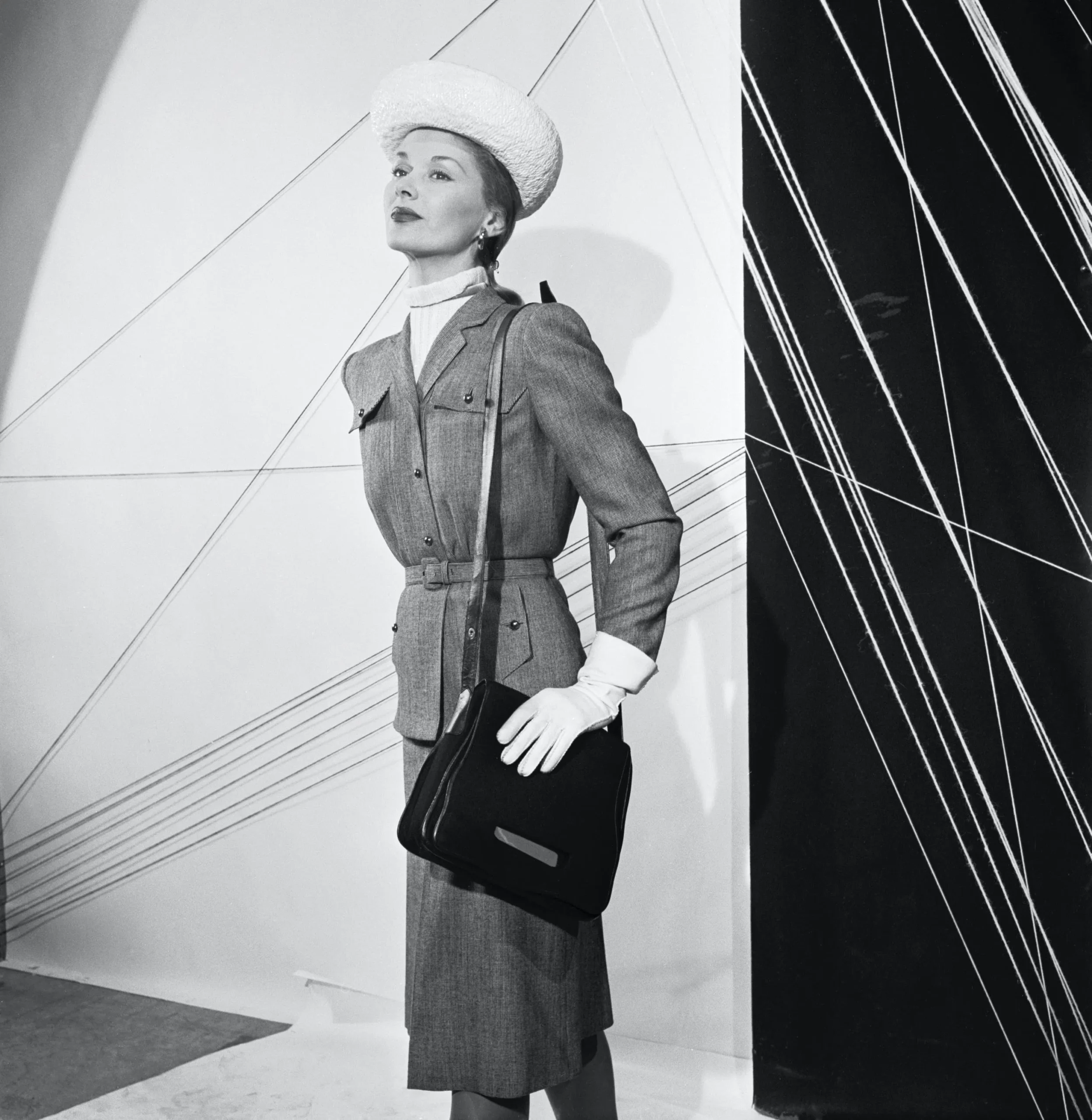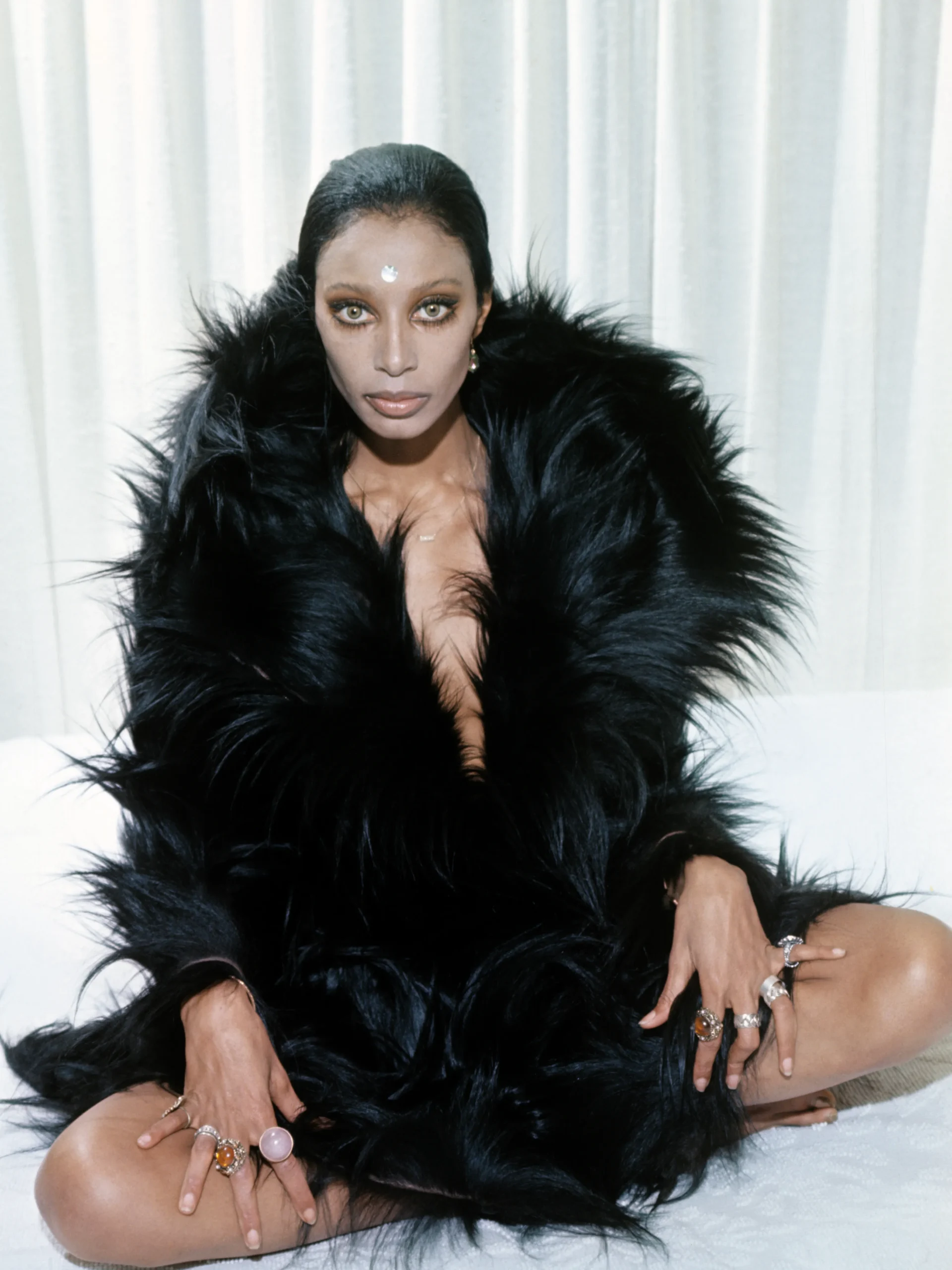Following a difficult battle against Lyme disease, supermodel Bella Hadid recently announced her retirement from the fashion industry to focus more on her health and happiness. Many fans saw this coming and are glad that Hadid is finally taking time for herself after ten rocky years in the business. However, could this be a sign that supermodels are going extinct?

Hadid is not only an extremely successful model but a generational fashion icon and trendsetter.
The supermodel exists in part because of Charles Frederick Worth, widely believed to be one of the first fashion designers to use live models. Slowly, modeling began to be recognized as a viable career, and, a few decades later, the world would be introduced to Lisa Fonssagrives, one of the earliest iterations of the supermodel. Her beauty was greatly admired by the public and, consequently, her salary was higher than the average mannequin.

Swedish model Lisa Fonssagrives captivated audiences with her elegance and charm.
Thirty years later, in the 1960s, came Twiggy and Donyale Luna. Known for her iconic pixie cut, big doe eyes, and quintessential ‘60s style, Twiggy was the face of the decade. Her thin frame perfectly exemplified the body standards the fashion industry continues to push today. Donyale Luna, the first black supermodel, opened doors for other women of color to enter the industry and find great success. However, this was not always an easy status to maintain. Due to the ongoing Civil Rights Movement and Cultural Revolution, her appearance was often fetishized by the public, and she struggled with dehumanizing attitudes. This is, unfortunately, not uncommon for models, especially those who are POC.

Twiggy was perhaps one of the first ‘living dolls,’ stunning audiences with her long eyelashes and big doe eyes.

Donyale Luna’s piercing eyes commanded all attention.
Although these women were recognized as powerhouses within the fashion world, supermodels in their truest form only came about in the 1990s with the formation of the Trinity, a group of models consisting primarily of Linda Evangelista, Cindy Crawford, Naomi Campbell, and Christy Turlington. These four women had the industry completely wrapped around their fingers. Anything they wore would instantly sell out, so every designer wanted to have them on their runway, in advertisements, and on magazine covers. They weren’t just pretty faces; they were extremely intelligent businesswomen. Their salaries were the highest in the profession, charging millions of dollars just to walk in one show. Their desirability was so high that agencies were more than willing to pay these rates.

The Trinity was made up of various impactful models throughout the ‘90s, but Evangelista, Crawford, Campbell, and Turlington were the stars among stars.
The key component of being considered a supermodel is exclusivity. If these women were just ‘average,’ they would not be considered ‘super.’ Their tall frames, extremely thin figures, and unique beauty allowed normal people to immerse themselves in a fashion fantasy world. There was something appealing about purchasing an issue of Vogue, reading through it, and catching a glimpse of the luxurious life of a model. “Perhaps, if I buy exactly what she’s wearing, do my makeup like hers, and style my hair like that, I too will become beautiful…” Of course, superficial things such as clothes and hair don’t change one’s genetic makeup, so the reader is essentially stuck in a vicious cycle of chasing something that simply isn’t destined for most.

Cindy Crawford was the epitome of beauty in the 1990s. Her appeal was out of this world, yet seemed completely effortless and natural.
Supermodels maintained their widespread impact throughout the 2000s. Gisele Bündchen, in particular, was a cultural phenomenon and even appeared in the cult classic movie The Devil Wears Prada starring Meryl Streep, Anne Hathaway, and Emily Blunt. However, when the recession hit in 2008, luxury and consumerism were quick to be considered out-of-touch. As such, the interest in the supermodel died down. Clothing became minimalist in style, and emotion was under no circumstances to be displayed on the catwalk.

Beyond being drop-dead gorgeous, Gisele Bündchen showcased her talent for acting in the 2000s. Most notably, she starred in The Devil Wears Prada and New York Taxi.
Nepotism was a large contributing factor as to why the public lost respect for the profession. Models previously had to work hard to achieve their supermodel status, and that was part of the allure of it all. The new generation mostly consisted of children of models and socialites, so all they really had to do was ask mommy and daddy to set them up with Dior, and suddenly, they were at the top of the game. Due to the lack of extensive training, their walk and posture often left much to be desired.

Kendall Jenner walks for Dior’s F/W 2016 showcase.
Social media also played a large role in the death of the supermodel. The accessibility of the internet completely killed the exclusivity aspect of modeling. Anyone can easily take a picture, upload it to Instagram, and grow an audience. This has made it difficult to claim one single person as a hot topic since there are so many different communities online with varying figureheads.
Despite the current social climate and her nepotism status, Bella Hadid has proven to be hardworking and driven. In 2022 alone, she walked thirty-five shows, was featured in a myriad of fashion campaigns, and appeared on the cover of Vogue’s April issue. She was also the star of Coperni’s legendary S/S ‘23 show where they quite literally molded a dress to her body in real-time using Fabrican technology. These accomplishments without a doubt certified Hadid as the supermodel of the current generation.

Bella Hadid’s performance at Coperni’s S/S ‘23 show led the public to draw comparisons to supermodel Shalom Harlow’s collaboration with Alexander McQueen for his S/S 1998 display where he spray-painted her dress in real-time.
Only one year after the height of her career, Hadid announced that she would be taking time off due to her struggle with Lyme disease. Fast forward to today, she has now made it official that she will be retiring for good to focus on spending time with friends and family as well as work on her newly launched fragrance brand Ôrebella. In an interview with Allure, she explained, “After 10 years of modeling, I realized I was putting so much energy and love and effort into something that… wasn’t necessarily giving it back to me.” Having such a huge star come forward and publicly express the harm that the industry has done to her mental and physical health made many people realize that, no matter how luxurious the life of a supermodel may appear, it is a difficult path that requires a lot of sacrifice.

During her time away from the industry, Hadid has reconnected with her passion for horse riding, a career she had initially considered before modeling.
There will, without a doubt, continue to be models who have a strong influence on fashion and culture, but, thanks to Hadid’s openness and vulnerability, the industry will most definitely struggle to sell the illusion of luxury that the supermodel previously embodied, opening the door for more progressive views of beauty outside of the physical realm.
 Anaïs-Aimée Rafaelsen is an artist and critic based in Toronto. Her work has been shown in exhibitions as well as featured in The Walrus. She is currently obtaining her BDes in Material Art and Design at OCAD University.
Anaïs-Aimée Rafaelsen is an artist and critic based in Toronto. Her work has been shown in exhibitions as well as featured in The Walrus. She is currently obtaining her BDes in Material Art and Design at OCAD University.

